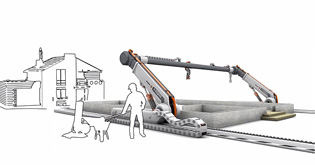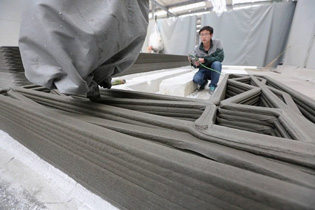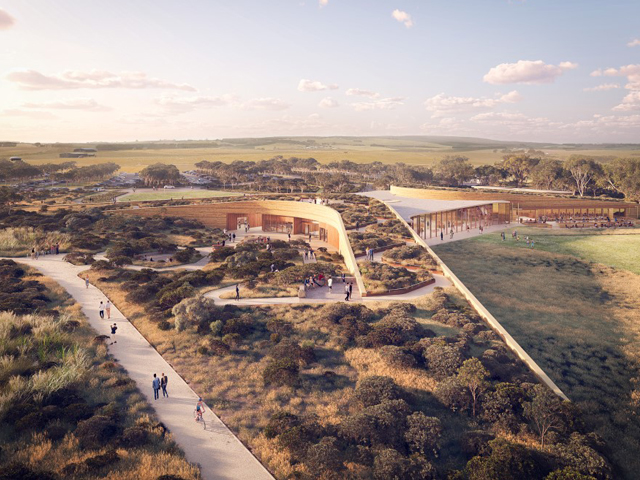BUILDING HOUSES WITH 3D PRINTING TECHNOLOGY
28 May 2014
Find out how 3D printed technology will change the construction industry as we know it.

A team of researchers led by University of Southern California Professor Behrokh Khoshnevis is developing a robot printer called Contour Crafting which is so versatile it can be used to build a 230 square metre residence in 20 hours.




According to Khoshnevis, 3D printed construction systems offer several benefits when compared to traditional building methods. He said they are faster, safer, more sustainable and more economical. He also pointed out that construction is far behind manufacturing when it comes to automation.
“If you look around yourself, pretty much everything is made automatically today, your shoes, your clothes, home appliances, your car,” he said. “The only things that are still built by hand are these buildings.”
In addition, 3D printed construction offers unprecedented flexibility in architecture. While traditional manufacturing always uses the same parts/materials with standardised sizes and characteristics, 3D printing makes it possible to create a different model/house each time just by programming it to do so. The device can also tile floors, install plumbing and electrical wiring and apply paint or wallpaper.
“They do not have to look like tract houses because all you have to do is change a computer program. The walls do not have to be linear. They can use any kind of curve. Therefore, you can really execute very exotic beautiful architectural features without incurring extra cost,” Khoshnevis said.
There is one disadvantage, however, to using this new technology in the construction industry: the loss of jobs. Khoshnevis argues, however, that it will actually create new jobs that will be safer and that will allow women and older workers to participate more in the construction industry.
Considered more dangerous for workers than mining and agriculture, construction results in 10,000 deaths a year. The new technology offers construction with less waste, noise, dust or harmful emissions.
A number of companies all around the world are planning to commercialise this technology and make it available for lease or purchase in the future, aiming to change the construction industry as we know it, reducing costs and making construction accessible to anyone.
Khoshnevis added that NASA supports using this technology to build lunar habitats, research laboratories and ‘roads’ on the moon or Mars. The pace of recovery from disasters such as earthquakes, cyclones or tsunamis could also be significantly quickened.
Recently, a Chinese company built 10 prefabricated houses in less than 24 hours, demonstrating the capability and operational excellence of its 3D printer. Built from recycled materials, these homes cost less than US$5,000 to build and could be mass-produced to ease housing crises in developing countries.

MORE NEWS

SUMMER 2024 EDITION OF PLA JOURNAL OUT NOW!

TWELVE APOSTLES PRECINCT REDEVELOPMENT MOVES FORWARD

HEALTH AND WELLBEING PRECINCT COMING TO MANLY

PROTECTING PARKS AND PLAYGROUNDS WITH EXTREME 32: THE ULTIMATE SHADE SOLUTION

OZBREED'S GROUND HUG™ HAS WON SPECIALIST PLANT OF THE YEAR 2025!

